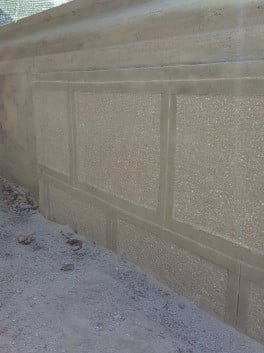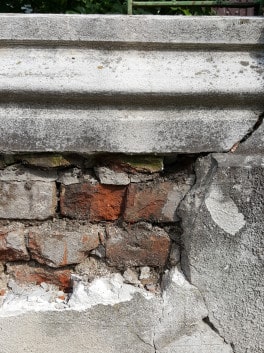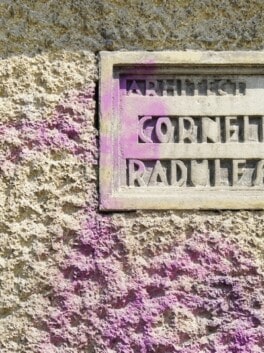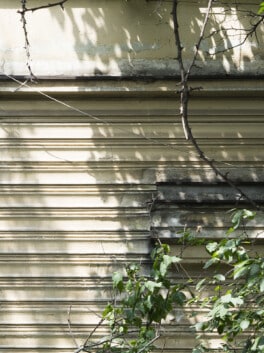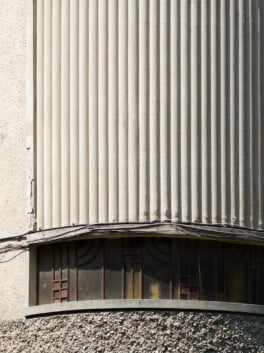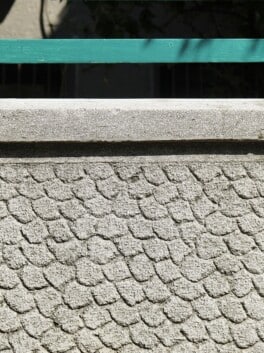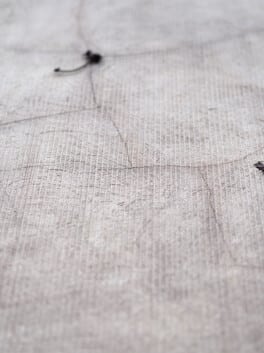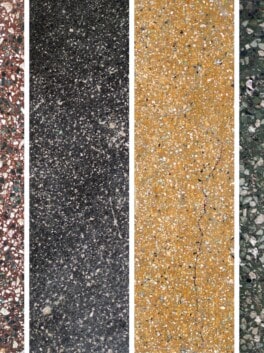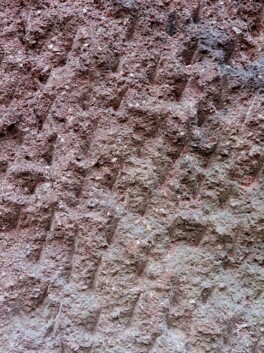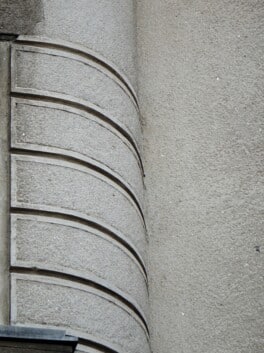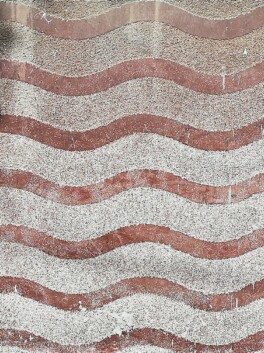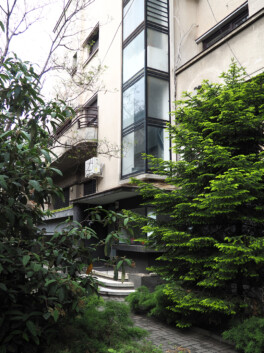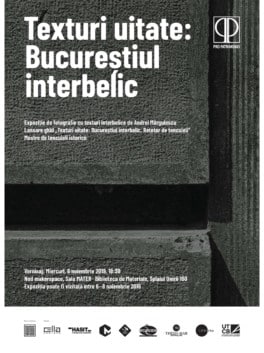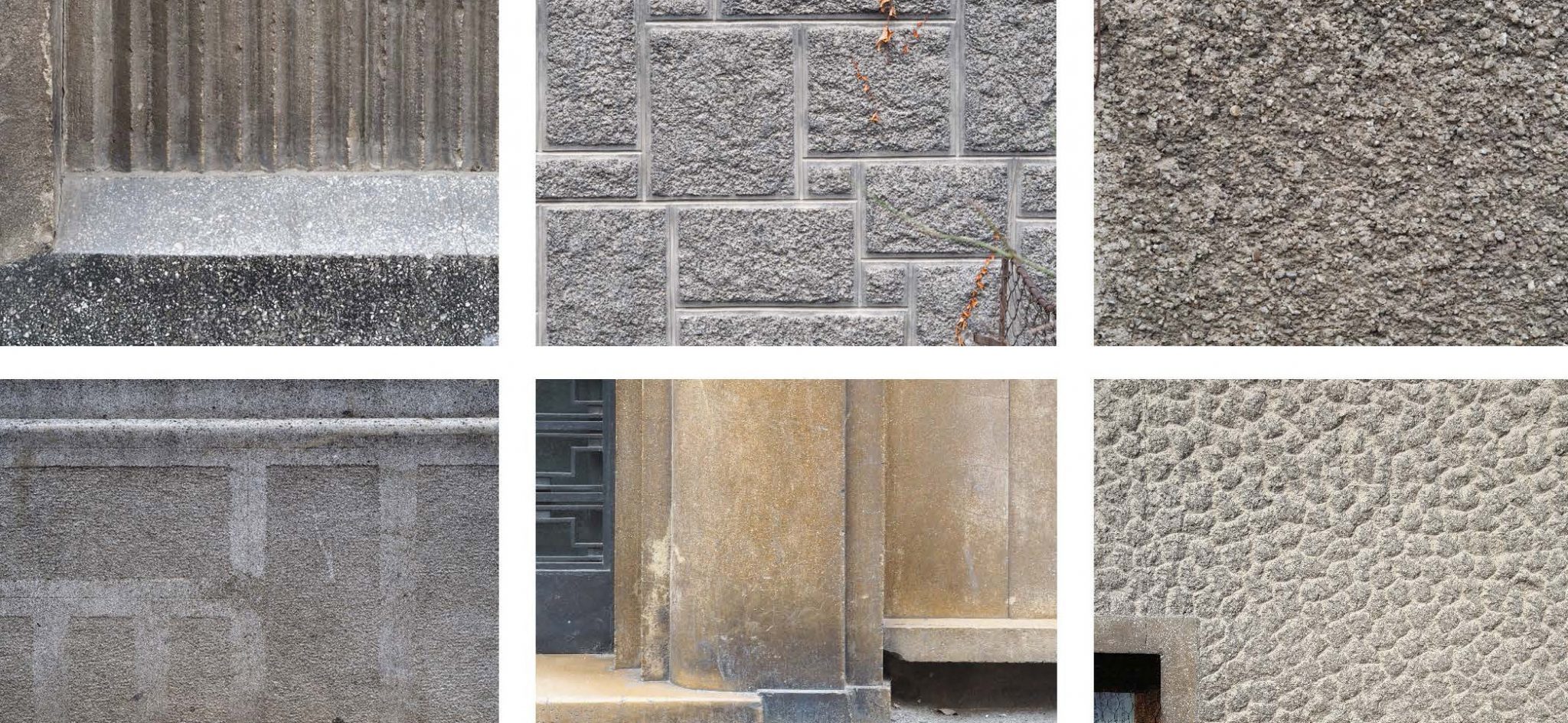
Forgotten Textures: Inter-war Bucharest
Bucharest has a large number of Modernist heritage buildings that are part of the city’s identity. The great production of Modernist architecture was due to the Great Union of 1918 after the First World War,and followed by a period of peace and economic and cultural growth. This is when Bucharest became the capital of a unified Romania, an aspect that was mirrored in its rapid development, in the new urban and architectural production.
Thus, between the two World Wars and until 1947 when the Communist Party took over the power in Romania, Bucharest developed a unique aesthetic expression, marked especially by a Modernist architecture, which today represents almost 70-80% of our capital’s historical layer. The Modernist expression was reflected not only in the architectural vocabulary of simple volumetric constructions, strongly influenced by the Bauhaus style, but also in the details of the facade plaster, varied and original, which still survive today. The new discoveries in cement technology have encouraged the development of new plastering and finishing for the exterior of buildings that prove to be a unique feature of Romanian Modernist architecture.
Project Aim
The study we are undertaking focuses on the Modernist plastering used during the above-mentioned period, in order to increase the awareness of their importance in the cultural landscape of the city and to highlight the importance and value of Bauhaus architecture in Bucharest.
This project addresses specialists in the field of construction and architecture, but also the general public and is one of the projects selected by AFCN in the November 2018 session.
After almost 100 years since the plastering were made, Modernist built heritage in Bucharest is suffering from negligence and inadequate interventions and repairs which, in most cases, eliminate the delicate and beautiful details of the facades. These buildings are even more vulnerable due to the high seismic risk of Bucharest and require special attention in the repair process.
While underlining the aesthetic and historical value of these original plastering and documenting the techniques and mortar recipes needed to obtain them, we intend to better understand this architectural feature and encourage informed decisions when it comes to the maintenance, preservation and repair of Modernist buildings.
The project consists in the following stages:
1. library research, which consists in documenting the inter-war recipes of mortar plaster and the way they used- specific to Romania, but also comparisons with techniques from the same period from other countries;
2. photographic inventory on the field, followed by a series of practical workshops for testing documented recipes and 1x1m sample application techniques in order to preserve and revitalize the old techniques / technologies;
3. debate on the tested techniques in which, together with the project team, specialists and builders interested in the subject will be invited to discuss the practical conclusions of the workshops – recipes, application procedures, materials currently available – possible solutions to improve this technology in order to meet current norms and coexistence of historical technologies with the new market requirements will also be discussed;
4. creating a guide that will identify and make an inventory of the main types of inter-war plaster in Bucharest, with their specific compositions, application modes, most common forms of degradation and it will include recommendations for repair and maintenance, useful both to the specialists in the field and to the owners of Modernist heritage buildings (built between 1918-1940);
5. The conclusions of the project will be disseminated within an exhibition with debate, in which the presented samples will be presented, panels will be presented with the photographs of the documented textures on the ground and the inter-war plastering guide will be launched and distributed.
A Pro Patrimonio Foundation Project
Partners: National University of Arts Bucharest, ARCEN
Cultural project co-financed by AFCN. The project does not necessarily represent the position of the Administration of the National Cultural Fund. AFCN is not responsible for the content of the project or how the results of the project can be used. These are entirely the responsibility of the beneficiary of the financing


